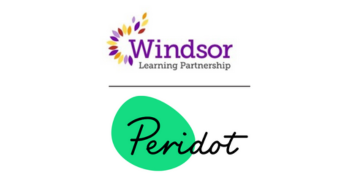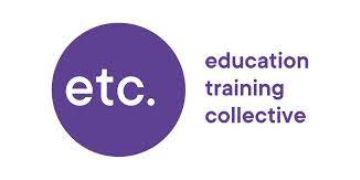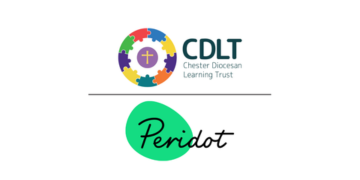Across the country, falling rolls, rising Special Educational Needs and Disabilities (SEND) demand, and tightening budgets are making it harder for schools to stand entirely alone.
As the government prepares its much-anticipated schools white paper, it faces a choice: double down on a single structural solution, or recognise the diverse forms of partnership already delivering stability and strength for communities.
All signals from ministers point in one direction: a system where every school is expected to operate within a group, rather than alone.
Whether the language settles “groups of schools”, “families of schools” or in “trusts”, the intention is clear – fewer standalone schools and a stronger push towards structural alignment.
But high-performing, financially stable schools that are deeply rooted in their communities need ways to collaborate without sacrificing their autonomy.
Camden offers a compelling example of a school-led partnership that delivers the benefits of collaboration while preserving identity, values and governance.
This matters now more than ever. London schools face escalating pressures, particularly shrinking pupil numbers.
Camden has removed 10 forms of entry from its reception intake in five years, reflecting borough-wide birth rates down more than 30 per cent and the fact that fewer families moved into London during Covid and many moved out.
As we all know only too well, even small drops in enrolment create large financial strain because funding follows the pupil.
A maintained school running a deficit must eliminate it within three years and secure local authority approval, and failure risks closure.
Professional pressures are growing too. Smaller stand-alone primaries struggle to maintain subject-specific depth, rising SEND need often outstrips capacity for a dedicated SENDCO, and leadership recruitment is increasingly difficult, with fewer opportunities for progression.
These issues are not unique to Camden, but our response offers a model that works.
Deep cooperation, a strong sense of place and low levels of academisation are held together through Camden Learning, our school-led partnership.
Building Back Stronger, Camden’s Education Strategy to 2030, rests on a simple belief: schools are stronger when rooted in community and connected to one another.
Collaboration is not optional; it is foundational. Research is clear that collaboration improves outcomes, strengthens leadership and creates healthier professional cultures.
Camden schools of all types are members of Camden Learning, including some academies, but crucially within this there are a range of other types of school partnerships that exist on a continuum, allowing schools to choose the level of collaboration that fits their needs, from informal networks to full federation, without leaving local authority-maintained status.
The 135 Partnership is the perfect example of an informal collaboration between Gospel Oak Primary School, Netley Primary School, Robson House Primary Pupil Referral Unit, Fleet Primary School, Rhyl Primary School and Primrose Hill Primary School.
It grew organically, not from policy, but from practitioners on the ground. Shared professional development and staff, family support, and joint approaches to moderation and SEND show that the benefits policymakers expect from MATs can emerge without top-down restructuring.
Further along the continuum, the partnership between Eleanor Palmer Primary School and Hawley Primary School, established as a time-limited two-year arrangement, has already strengthened recruitment, enriched curriculum design and expanded leadership opportunities.
A joint executive headship has increased capacity in both schools, enabling shared posts such as a business manager and subject leads, while preserving the distinctiveness each community values.
Another example is the 2021 amalgamation of Rhyl and Carlton Primary Schools. Triggered by Carlton’s closure due to falling rolls, it drew on trust built through the 135 Partnership.
United leadership and regular opportunities for parents to be heard made clear this was a merger, not a takeover. The two sites have since become a community hub offering Early Years provision, adult learning and family health services. Now judged outstanding, the school shows how partnership can strengthen identity.
At the most formal end is the federation between Torriano Primary School and Brecknock Primary School. Shared governance, aligned curriculum, unified inclusion teams and flexible staffing make possible the strategic planning and resilience small schools struggle to achieve alone.
The national debate often reduces collaboration to one question: will you join a MAT or won’t you?
Camden shows that there is an alternative. Schools need collaboration in forms that reflect their values and challenges, structures that allow autonomy where it strengthens outcomes and collective capacity where it reduces risk.
If the government wants a system in which no school struggles alone, then partnerships, that are flexible, place-based and school-led, must be recognised as a powerful alternative. Camden’s experience shows that when schools lead the way, collaboration becomes not a requirement but a shared endeavour and a very effective one.











Your thoughts